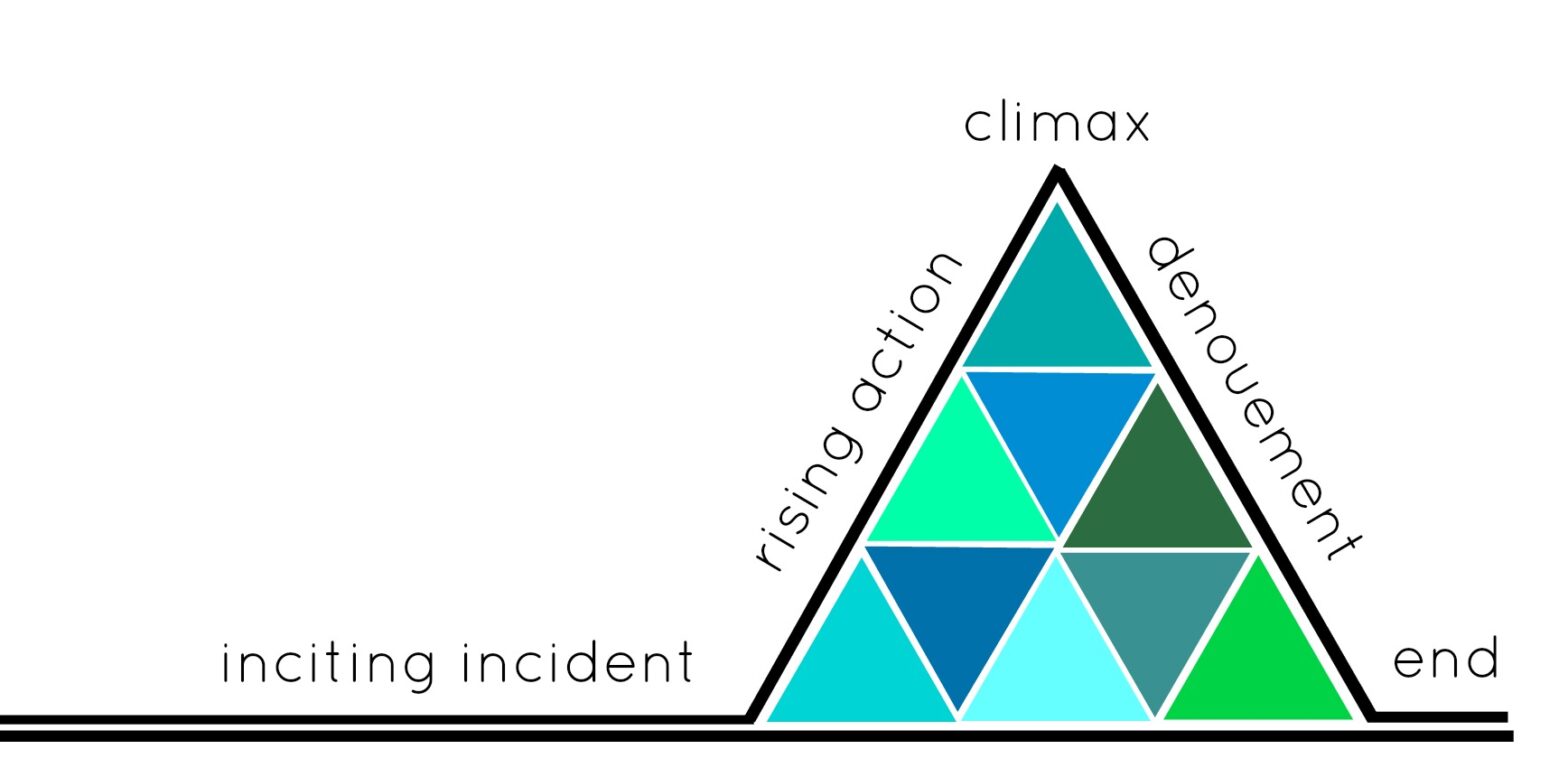Writers Q&As: Identifying the Narrative Through Line

In the context of editing a longer manuscript, I hear people talk about how there might not be a clear narrative ‘through line’ and if so, how to find it? Do you have thoughts on this? [Yaana Dancer]
The through line is a concept of Constantin Stanislavski (1863 –1938) that he developed when training actors. Then, Lee Strasberg taught it to actors such as Marlon Brando and Gregory Peck in the Actors Studio in NYC. Most writers struggle with these related questions regardless of genre. With a predetermined structure or outline, the through line may seem apparent but not infrequently, it will self-correct and veer away from our well-conceived plans.
As a writer, what is reassuring is that when you are in the editing stages with your manuscript, the through line is already there. If you are writing the manuscript, concerned about the through line, and have enough of the narrative down, you can also stop and assess. The compass’ needle is what does the narrator (or central character) most want? When you have determined this, it’s crucial to keep in mind that the path to what they want is never a straight one.
As in lived experience, your narrative has a specific context; it has contradictions, setbacks, doubts, misunderstandings, conflicting needs, obstacles, unforeseen circumstances, actions and impulses, withdrawals, gains and losses. These forces reveal your narrator’s specific consciousness and strategies. In my essay “Proximity” (Breathing the Page — Reading the Act of Writing), there’s a concept called Approach-Retreat-Return. It may help you orchestrate your narrative’s quirky journey more accurately and evocatively.
How to proceed? First, make a linear document of the through line of your manuscript. Highlight, circle, or cut & paste all the key events, actions, understandings that comprise the “narrative’s spine” (Stanislavski). Second, identify where all the tugs and pulls muscle the narrative along on its forward, sideways, backward, forward erratic path. The image above will duplicate itself as a zigzag a number of times before the narrative finds its resolve or end. Create a separate linear document of these then compare them to your through line document. Ask yourself:
- Where do you need to relocate some of the tug and pulls?
- Where might some of these appear more than once but we see them differently each time?
- Where do you need more of them? Or, do you need to foreground them more by fleshing them out?
- Where do you have too many of them in one place?
- Where are they not needed, are distracting and must be deleted?
Accurately choreographed, it is these tugs and pulls that make your narrative jump off the page.
Answered by Betsy Warland.
